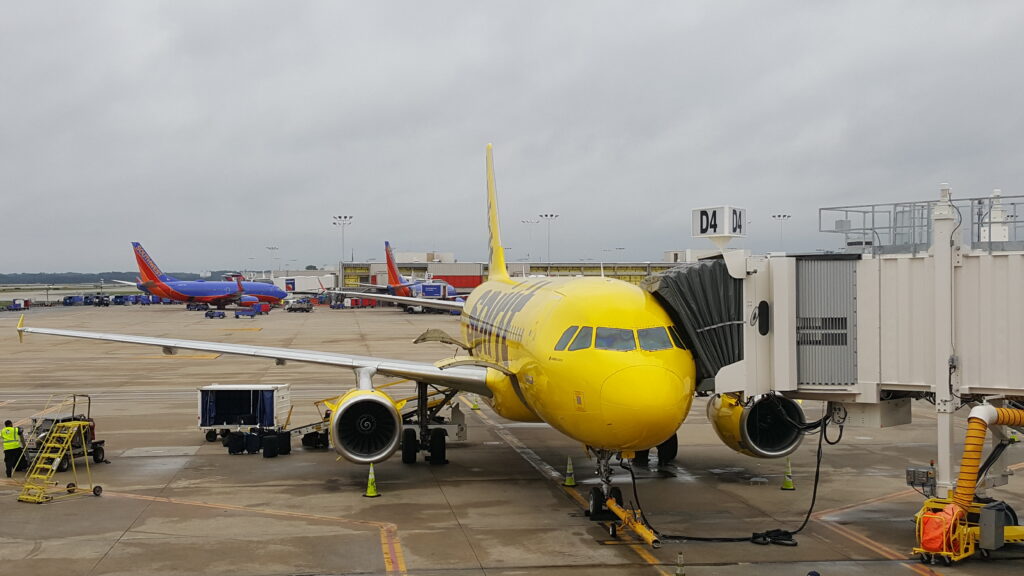The House Transportation and Infrastructure Committee yesterday voted to require the Federal Aviation Administration (FAA) to establish a minimum seat size on commercial airlines and to set a minimum distance between rows of seats.
Both proposals were part of the Seat Egress in Air Travel (SEAT) Act sponsored by U.S. Reps. Steve Cohen, D-Tenn., and Adam Kinzinger, R-Ill. The proposals were included as amendments to the FAA reauthorization.
The FAA’s authorization is set to expire on Sept. 30. The Transportation and Infrastructure Committee yesterday approved 21st Century Aviation Innovation, Reform, and Reauthorization Act (or the 21st AIRR Act), a six-year reauthorization of the FAA that proponents say will cut red tape and encourage American innovation in aviation technologies to promote a stronger American workforce.
“The problem is clear: while the U.S. continues to have the safest aviation system in the world, we do not have the most efficient or effective system for future growth,” U.S. Rep. Frank LoBiondo, R-N.J., who chairs the Aviation Subcommittee, said in a news release.
With regards to seat size, Cohen contends the average distance between rows of seats has dropped from 35 inches before airline deregulation in the 1970s to about 31 inches today. The average width of an airline seat also shrunk from 18 inches to about 16 1/2 during that time.
“I am pleased the House Transportation and Infrastructure Committee recognized the serious safety and health concerns of shrinking airplane seats and passed this amendment to determine how small is too small,” Cohen said in a news release. “The SEAT Act will help ensure that reduced seat sizes on planes do not impede on the capability of rapid evacuation in case of emergency as longstanding federal law requires.
“Emergency evacuation is a serious issue, as is the potential for air rage as tensions mount inside more tightly packed cabins,” Cohen added. “In addition, doctors have warned that deep vein thrombosis can afflict passengers who do not move their legs enough during longer flights. I would like to thank Chairman Shuster and Ranking Member DeFazio for their work on this issue, as well as Congressman Kinzinger for his partnership on the SEAT Act.”
